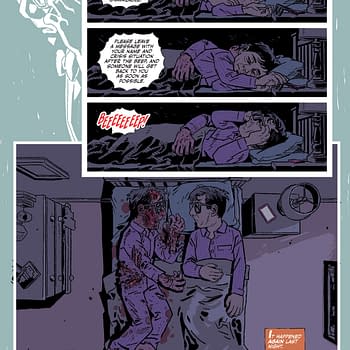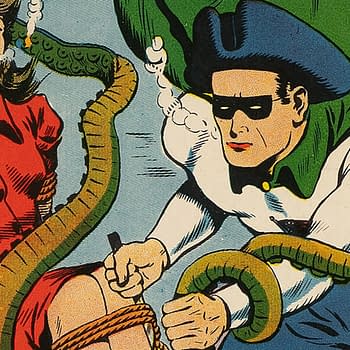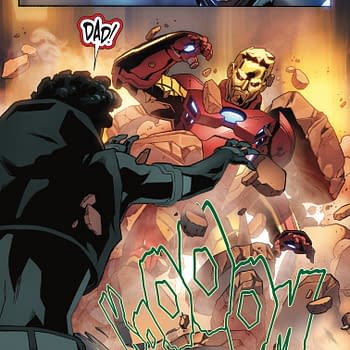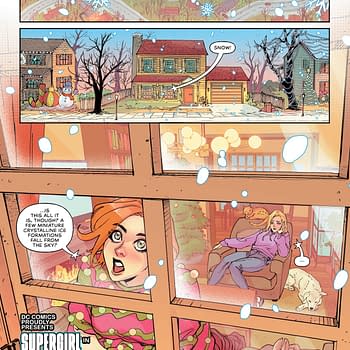Posted in: Comics, san diego comic con | Tagged: Aspen Comics, Barbara Kesel, chris ryall, david wohl, idw, Lions Forge, matt hawkins, Shannon Eric Denton, Top Cow Productions, Vince Hernandez
SDCC '15: Industry Editors Provide An Insider View And Advice On Editing
By Michele Brittany, West Coast Correspondent
Aspen Comics' Editor-in-Chief and VP Vince Hernandez moderated the panel Comic Industry Editorial Panel – 2015 and gathered together several editors together for an hour's opportunity where the audience could ask questions about the editorial process. Making up the panel of experts included Chris Ryall, IDW's Editor-in-Chief; Barbara Kesel, Consultant and formerly with DC Comics; Matt Hawkins, Top Cow Productions' Publisher; Shannon Eric Denton, Lions Forge Editor-in-Chief; and David Wohl, writer and former editor at Radical Comics.

A question that often comes up is whether a writer should include art when they are submitting a pitch. Per Ryall, editors are very busy so he advised the more a writer can do up front helps the prospective editor. Hawkins said that less is more and when he reads a pitch, he is looking for a reason to stop. All the panelists confirmed to make sure that the pitch is acceptable and appropriate for the publisher. The last thing a person can overlook is to not do their homework about the publisher. Kesel added that there are grants available to writers and there is always self-publishing avenues. Ryall stated that more often than not, if editors need new projects, more often editors will be the ones reaching out to talent.

A clarifying question regarding pitch came up: did the pitch have to be fully developed? Kesel said no, it just needs to be high quality but not dense. She advised to have a strong nugget in your pitch. Denton added that if, in your creative process you need to develop a script to create your pitch, that's fine, but be aware that if your pitch is accepted, then your script will change. Hernandez said to work to your strengths and know that you will have collaboration once you are picked up. Hawkins said to be concise and keep it brief. Wohl added to show the editor why your project is unique, and make sure you have a clean cover letter.

Trends. Do comic book editors pick projects that are part of a trend? Kesel said that she is cognizant of trends, but it doesn't drive her choices. Hawkins said that he would prefer to be ahead of trends. Ryall commented that he thinks that comics can more easily respond to what fans want than other mediums in popular culture.

Event photos were taken by Michele Brittany.
Michele Brittany is an independent popular culture scholar and semi-professional photographer and editor of James Bond and Popular Culture: Essays on the Influence of the Fictional Superspy (McFarland & Company) as well as the forthcoming book Essays on Space Horror in Films, 1950s – 2000s. Read her reviews and analysis on the spy/espionage and space horror genres via her blogs at Spyfi & Superspies and Space Horror Films. Follow Michele on Twitter: @mcbrittany2014.













